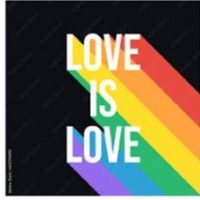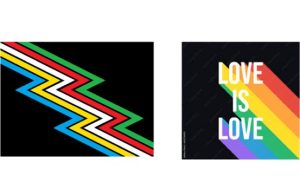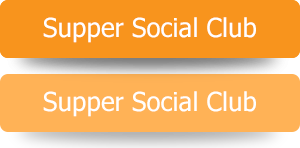Happy Pride Month: The Evolution of The LGTBQIA+ Flag

By: Celeste Mazloum
The month of June is a celebration of the self-affirmation, dignity, equality, and increased visibility of lesbian, gay, bisexual, and transgender people as a social group. The label “pride” provides a positive identity to this community opposed to society’s stigma of shame. This celebration began in June of 1999 when US President Bill Clinton declared every June in America as Gay and Lesbian Pride Month. Eventually in 2011, Barack Obama expanded this to include bisexual and transgender individuals. Today, this month represents the entire community, including queer, intersexual and asexual individuals. Across the nation, people come together for festivals and marches to celebrate this unifying month. Many symbols have even been made to represent gay pride, most popularly the rainbow flag.
The rainbow flag is a symbol of lesbian, gay, bisexual, transgender and queer pride commonly used at LGBTQIA+ rights events worldwide. Each color reflects the diversity of the community. Over the years, the flag has been updated to be more inclusive of LGBTQIA+ individuals and their allies. The original rainbow flag was designed to celebrate the first openly gay elected government official in the history of California, Harvey Milk. It’s debut at the Gay Freedom Day Parade instantly fired up the community and was in even greater demand following Harvey Milks Assassination. Quickly, it became an honoring testament to gay courage. As history progressed, colors like brown and black-which represent underrepresented people of color in the community-were added to the flag. Then, a chevron pattern was introduced which represents marginalized people of color, trans individuals, and those living with HIV/AIDS in the community. The most recent update was a yellow triangle with a circle in the middle which is a symbol of an ongoing human rights struggle. These changes are a colorful reminder of the LGBTQIA+ community’s fight for inclusion and progression within our nation’s history.
The celebration doesn’t end here, as every July celebrates Disability Pride Month. This celebration has progressed since its origin in 1990, the year that the groundbreaking Americans with Disabilities Act (ADA) was signed into law and even has its own symbol today. Similarly to the general pride flag, it consists of a multitude of colors that each represent a different group. The red color represents physical disabilities, gold stands for neurodiversity, the white stripe represents invisible disabilities or those that haven’t been diagnosed yet, the blue color is in honor of emotional and psychiatric disabilities, and lastly, green stands for sensory disabilities. These color stripes band together in a zig zag shape to represent how people with disabilities have to maneuver around all the barriers they face in day-to-day life. However, to show their strength, this colorful design is placed on a black background to show their creativity and resilience cutting through darkness. The annual celebration advocates for life experiences that the disabled community are often denied. By unifying the community and amplifying each other’s voices, we create a safe space for LGBTQIA+ disabled people in our society to celebrate their identities. Currently, there are events nationwide empowering disabled people to take pride in who they are. In just a month, we will celebrate the 34th anniversary of Disability Pride Month!















